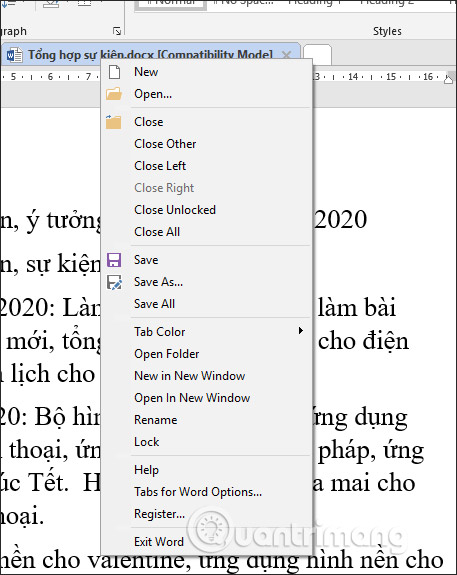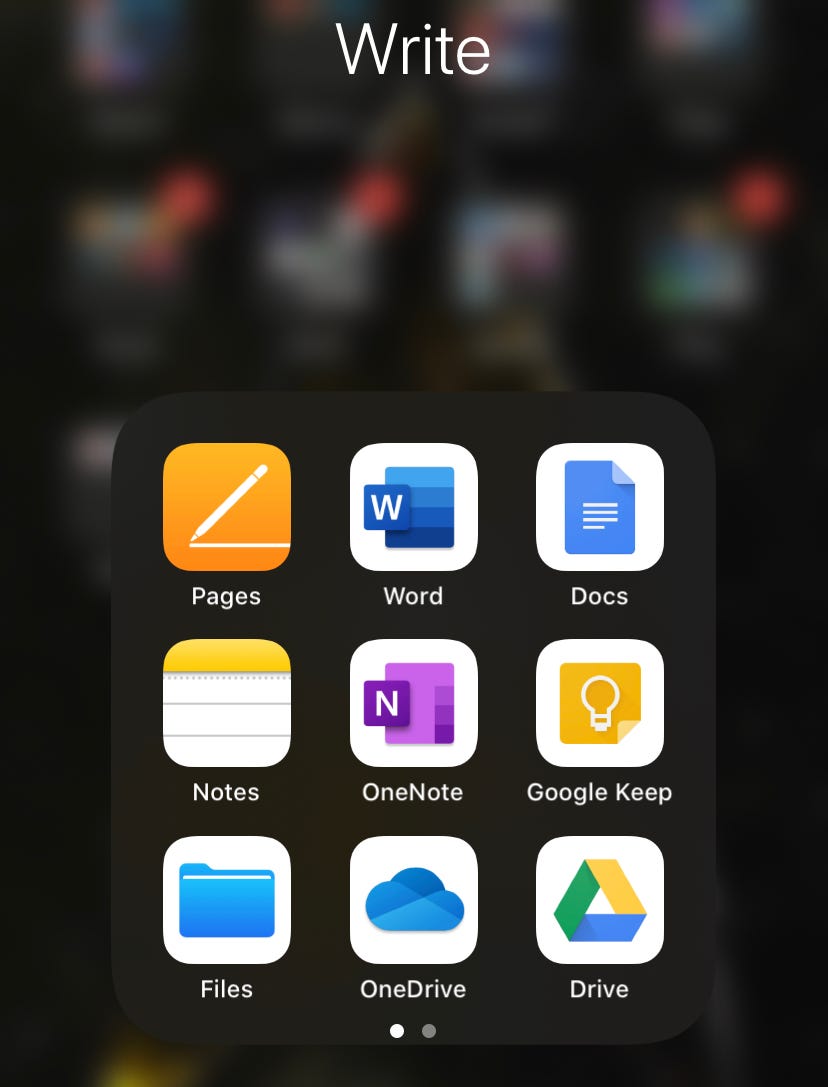
- How to open word documents in tabs mac os how to#
- How to open word documents in tabs mac os windows#
(See Figure 3-8 for details on setting up this kind of query, and remember to Option-click the button to open the “Any of the following are true” rows.) The trick is to create a smart folder ( Figure 3-13.) Set it up as shown here, where the Kind is “Document” and the sub-criteria rows list anything opened, modified, or created in the past 90 days (or whatever time you specify). If you miss All My Files, it’s easy to recreate the effect.

Files you just created or downloaded don’t appear here (because you haven’t opened them), much to the confusion of everyone. In fact, though, it lists only files you’ve opened recently. You might expect that this Recents folder lists every file that you’ve recently interacted with. The Mysterious Minds of Apple decided to replace it with a folder called Recents. What’s with the past tense? The All My Files folder is gone. Or, when running out of disk space, they could sort it by file size, making it easy to see which files were eating up the most space. People could use All My Files to find, for example, all the presentation files on the Mac, just by sorting the list by Kind. No matter what folders they were actually in, they appeared in this single window. It was a super-convenient, massive, searchable, sortable list of every human-useful file on the computer: documents, pictures, movies, music. It was there for years on the Mac, at the top of the Sidebar: the All My Files folder.

UP TO SPEED: What Happened to “All My Files”? The on/off switch for this menu-hiding feature is in System Preferences→General turn on “Automatically hide and show the menu bar.” Then, when you do want to open a menu manually, just move your cursor to the top edge of the screen the menu bar reappears. You get a little more room on your screen. You can set things up so the menu bar disappears completely when you’re not using it. You can also press Tab to open the next menu, Shift-Tab to open the previous one, and Return to “click” the highlighted command. You can type united s to jump right to it. It’s especially great for “Your country” pop-up menus on websites, where “United States” is about 200 countries down in the list. Once you’ve clicked open a menu, you can highlight any command in it just by typing the first letter ( g for Get Info, for example). It opens a miniature web browser that lets you search the online Mac help files for explanatory text. (See the logic?) The Edit menu contains the Cut, Copy, and Paste commands. The File menu contains commands for opening, saving, and closing files. In short, all the Application menu’s commands actually pertain to the application you’re using. The commands in this Application menu include About (which indicates what version of the program you’re using), Preferences, and Quit, as well as commands like Hide Others and Show All (which control window clutter, as described on “Hiding All Other Programs”). The first menu in every program, which appears in bold lettering, tells you at a glance what program you’re in (Safari, Microsoft Word, whatever). MacOS menus stay open until you click the mouse, trigger a command from the keyboard, or buy a new computer, whichever comes first.
How to open word documents in tabs mac os how to#
Details on how to turn on this feature are on “Exposé”.Įvery popular operating system saves space by concealing its most important commands in menus that drop down.
How to open word documents in tabs mac os windows#
If you have a trackpad, you can view miniatures of all open windows in a program by pointing to its Dock icon and then swiping down with three fingers. A shortcut menu of useful commands pops right out. To see the menu, hold the mouse button down on a Dock icon-or right-click or two-finger click it. See Figure 4-2 for more on stacks.Įach Dock icon sprouts a pop-up menu. When you click a folder’s icon, you get a stack-an arcing row of icons, or a grid of them, that indicates what’s inside. When you click a program’s icon, a tiny black dot appears under it to let you know it’s open. Remove a Dock icon by dragging it away from the Dock.Ĭlick something once to open it. You can add a new icon to the Dock by dragging it there. Everything else goes on the right, including documents, folders, and disks. The icons of recently used programs live in the middle. They appear to rest on a sheet of transparent, smoked glass. This translucent row of colorful icons ( Figure 1-2, bottom) is a launcher for the programs, files, folders, and disks you use often-and an indicator to let you know which programs are already open.


 0 kommentar(er)
0 kommentar(er)
